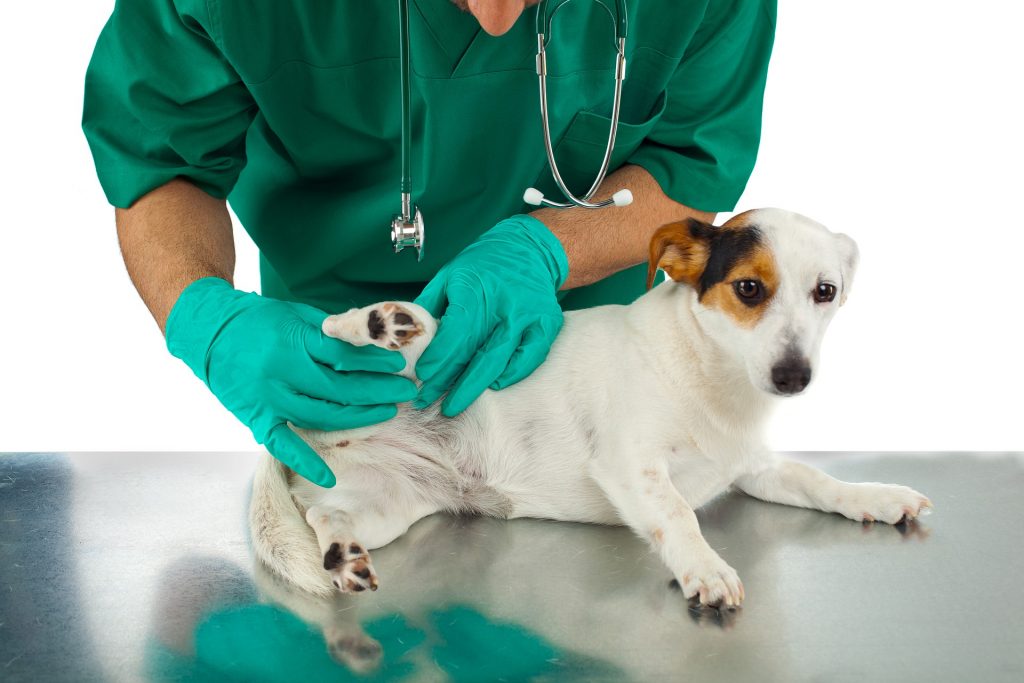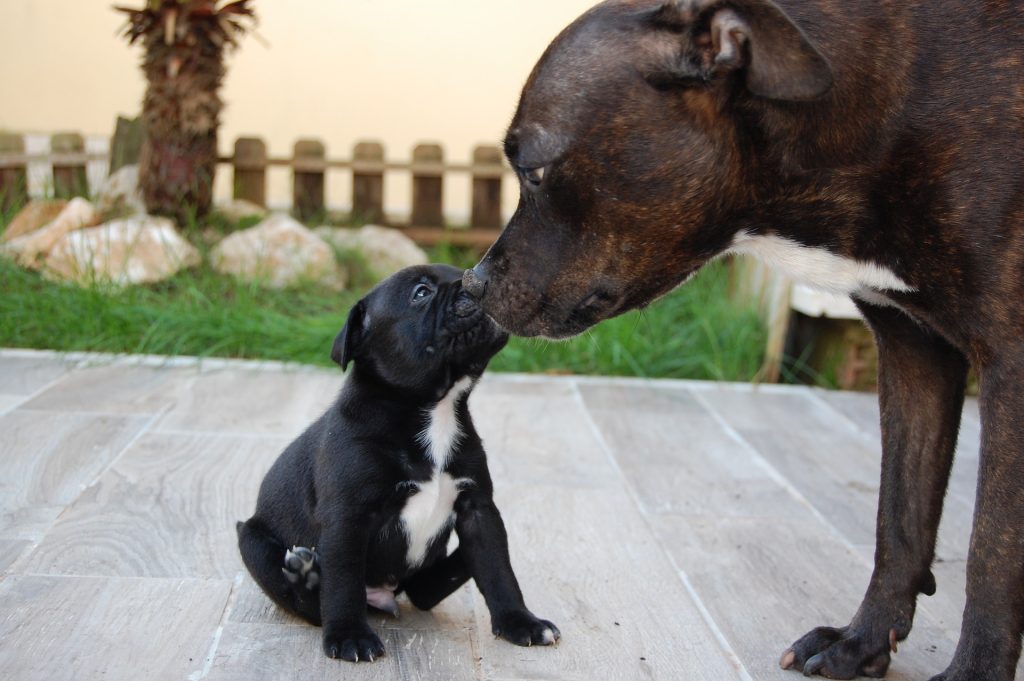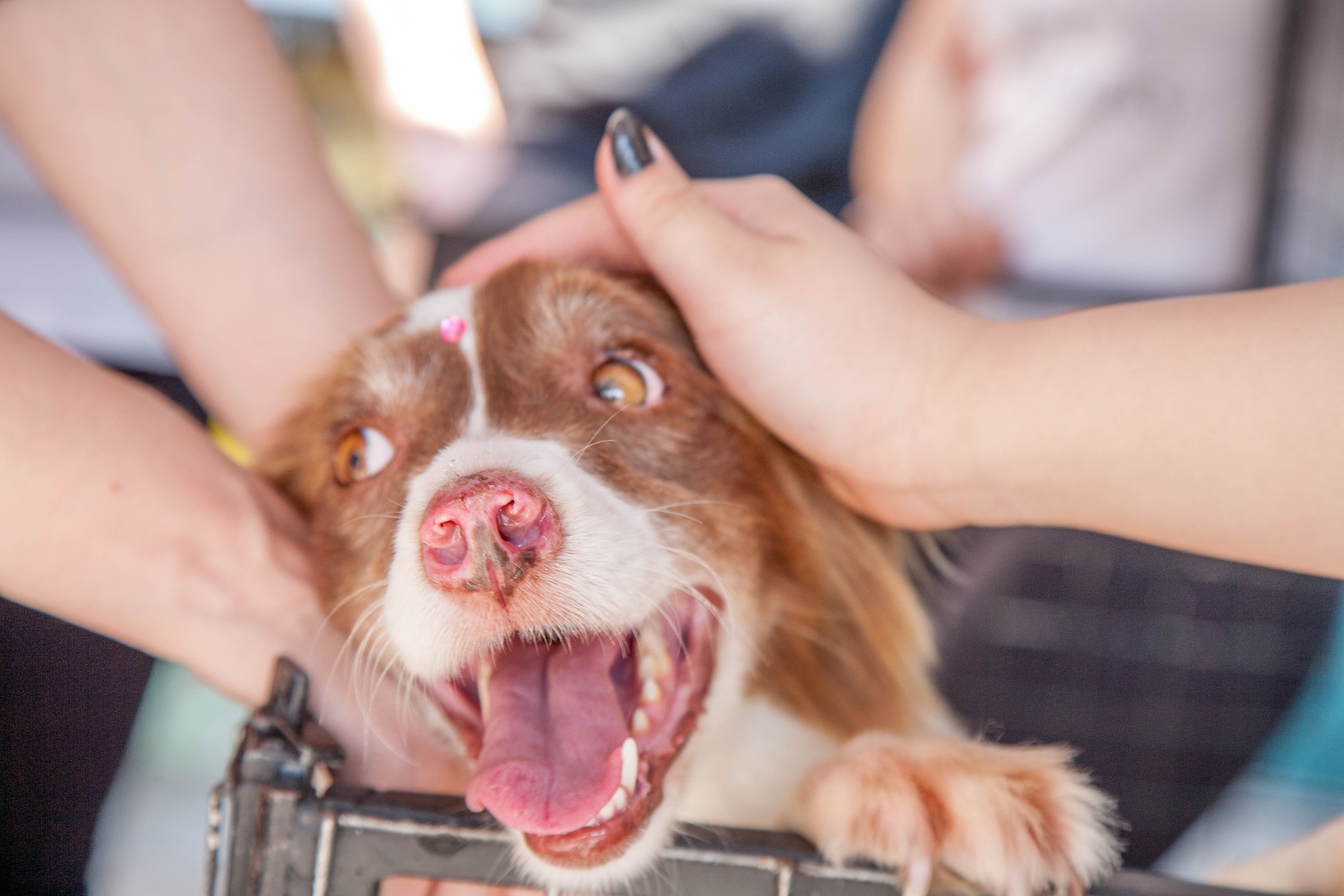Why do some people not want to adopt animals?
Feeding pets is generally thought to be a Western form of display. Or it is supposed to be a strange residue of past human societies taking care of animals and employing them.
In the UK alone, around half of homes have pets ; about 10 million of them are dogs, while the other 10 million are cats. They take time and money. No economic crisis has affected spending on them. This proves to us that pets are not a luxury, but a complementary and well-loved part of the family.
But some people love them while others are not interested at all. Why is this the case?

Health Question
Recently, a lot of attention has been paid to the idea that pets can benefit our health. Caring for them reduced the risk of heart disease, tackled loneliness, and alleviated symptoms of depression and dementia.
There are two different topics to refute this:
-
Some similar studies are suggesting that pets have no or slight adverse health effects.
-
People who take care of them don’t live longer than people who never had the idea of keeping a pet at home. (Source: https://www.psychologytoday.com/blog/animals-and-us/201707/large-study-finds-pet-owners-are-different)
So what was the health effect in our hunter-gatherer ancestors? Did they decide to look after pets to be healthy? This would be more appropriate for stressful people living in the city today.
The desire to bring animals into our homes is so common that we can think of it as a universal feature of human nature. But not all human societies have a tradition to take care of them. Whether they are pets or not, many people do not feel a special affinity for animals.
The habit of taking care of pets generally continues in the family. Children who grow with them imitate the same way of life when they leave home. This behaviour also has a genetic basis, according to new research.
Some people seem pre-prepared to seek the companionship of animals, regardless of their upbringing. Other people are not ready for it.
So genes that support pet-keeping may be specific to humans, but they are not universal.

Pet DNA
Research reveals that present-day pet DNA differed at the beginning of the Polished Stone Age. Humanity started animal husbandry at this time.
If that was the case, how did they prevent unwanted mating of domestic and wild animals? Moreover, it was easy for animals to reach each other at that time. Also, periods of famine would lead to a decline in animals, eliminating “domestic” genes completely locally.
Perhaps the presence of the first domestic animals close to humans prevented wild males from reaching domesticated females. Separated in this way, semi-domesticated ones must have evolved more than their ancestors and turned into the gentle, lovable things we know today. AND of course, the owners did not see them as food in this case either. Groups with people who can empathize with and get along with them must have been more successful than others.
So why doesn’t everyone feel the same? Probably at some point in history strategies of stealing pets or making their caregivers slaves prevailed.
There is a final knot in this story: recent studies show that love for pets goes hand in hand with taking care of wildlife.
It seems that people can be broadly divided into two groups:
-
those with little interest in animals or nature
-
those who love both and see caring for pets as the way out to be close to nature
As such, pets can help us reconnect to the natural world we evolved from.
Maybe you may be interested!


